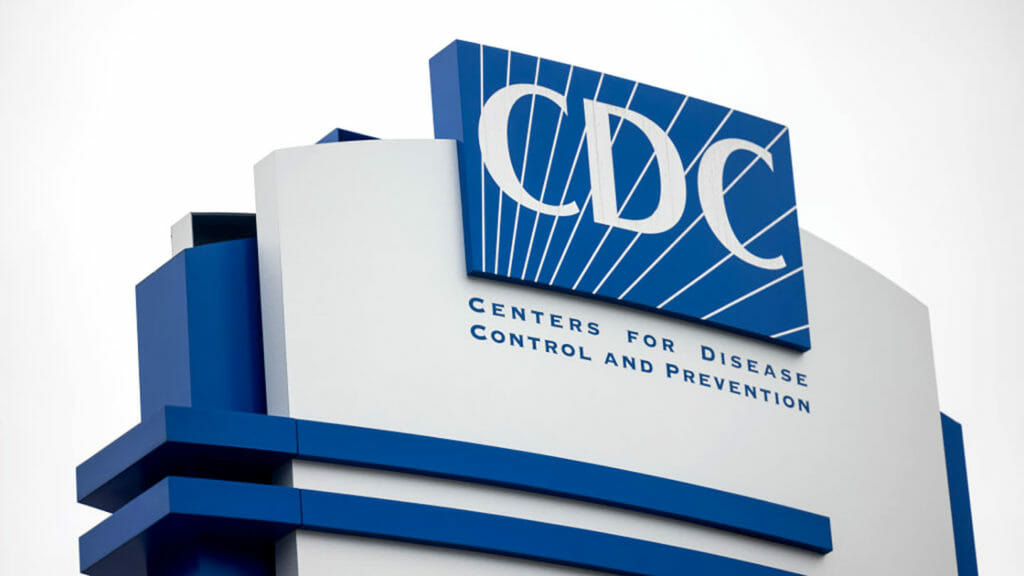

Senior living experts have welcomed revised COVID-19 infection prevention and control guidance for healthcare settings, saying it provides more flexibility for providers to respond to current local conditions.
In updated guidance released late Friday, the US Centers for Disease Control and Prevention now offers assisted living the option of following either the COVID-19 healthcare settings recommendations or more flexible congregate care setting recommendations. The decision comes down to how a state categorizes assisted living communities.
In general, long-term care settings — including assisted living settings — where staff provide non-skilled personal care should follow community prevention strategies based on COVID-19 community transmission levels, similar to independent living and other non-healthcare congregate settings.
According to LeadingAge, this guidance allows providers to “adjust interventions earlier, mitigating the strain on the healthcare system and protecting the vulnerable individuals seeking care in healthcare settings.” The CDC also recommends that communities check those transmission rates weekly.
It takes a village … into consideration
American Seniors Housing Association President and CEO David Schless said that the revised guidance reflects the current state of treatments and prevention and ties approaches to community transmission levels.
“COVID-19 community levels help individuals and communities decide which prevention actions to take based on the latest information,” Schless told McKnight’s Senior Living. “ASHA is hopeful that state and local authorities will update their COVID-19 guidance in accordance with the CDC.”
Argentum Senior Vice President of Public Policy Maggie Elehwany told McKnight’s Senior Living that the association called for the CDC to “accurately characterize and distinguish assisted living from skilled nursing facilities and others in the long-term care sector.”
“We are both appreciative and strongly encouraged by the CDC’s recognition that guidance specific to assisted living is warranted,” Elehwany said. “These CDC changes are appropriate and will empower senior living providers to effectively manage COVID-19 by working with local health departments, similar to how we manage other infectious diseases.”
She said that assisted living communities were “too often lumped together” with skilled nursing, with the government failing to recognize that assisted living communities are residents’ “homes” that should not be regulated similar to nursing homes and hospitals.
During a Monday membership update call, LeadingAge Director of Nursing Home Quality and Policy Jodi Eyigor said that LeadingAge was pleased with the updated recommendations and that she hopes that the CDC and the Centers for Medicare & Medicaid Services continue to find a balance between the safety and the well-being of residents and staff members.
Shot or not shot
One of the biggest changes, Eyigor said, is that recommendations for healthcare settings are no longer based on vaccination status. Source control, quarantine/work restrictions and screening are now the same for all individuals, regardless of whether someone is up to date with COVID-19 vaccinations.
The CDC also no longer recommends active screening of staff members and visitors. Instead, healthcare settings can opt for passive screening techniques, including signage describing symptoms and advising individuals — especially workers — how to manage themselves if they experience an exposure or test positive for COVID-19.
Masking and broader personal protective equipment use continues to be recommended in healthcare settings in areas of high community transmission, or if a worker or resident has been exposed to or tests positive for COVID-19. But universal masking is no longer required in healthcare settings where community transmission is substantial, moderate or low. The only exception is for individuals confirmed or suspected of having COVID-19, or if they are experiencing any other respiratory illness, including a cold or influenza.
Routine screening of asymptomatic healthcare workers based on community transmission rates also is being dropped, although state laws and individual community policies can require routine screening as an “additional precaution.” A series of three tests at specific intervals is recommended for residents and staff following SARS-CoV-2 exposure, regardless of vaccination status.
The American Health Care Association / National Center for Assisted Living noted that the CDC also updated its strategies to mitigate healthcare personnel staffing shortages. Asymptomatic healthcare workers with higher-risk exposures do not have to quarantine, regardless of their vaccination status.
In general, asymptomatic healthcare workers exposed to SARS-CoV-2, regardless of vaccination status, have no work restrictions as long as they do not develop symptoms or test positive.
In addition, the CDC now recommends dedicated COVID-19 units and staffing if cases are high and staffing shortages are not at crisis levels.


